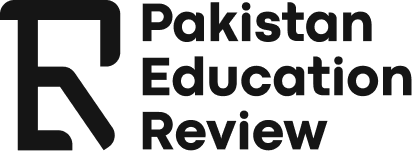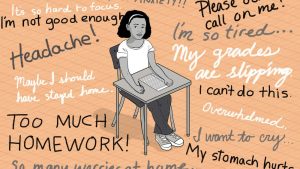Pakistan faces an immense challenge in ensuring that all students, especially the most underprivileged, attend, stay, and learn in educational institutions. While enrollment and retention rates are improving, progress has been slower to enhance education indicators in Pakistan.
At present, Pakistan possesses the second highest number of out-of-school-children (OOSC) globally, that is approximately 22.8 million children aged 5-16 who do not get formal education. This figure accounts for 44 percent of the total population in this age group. Within the age range of 5 to 9, there exists a population of 5 million children who are not currently enrolled in schools. Moreover, as these individuals progress beyond the primary-school age bracket, the number of OOSC increases twofold, resulting in a total of 11.4 million teenagers aged 10 to 14 who lack access to formal education.
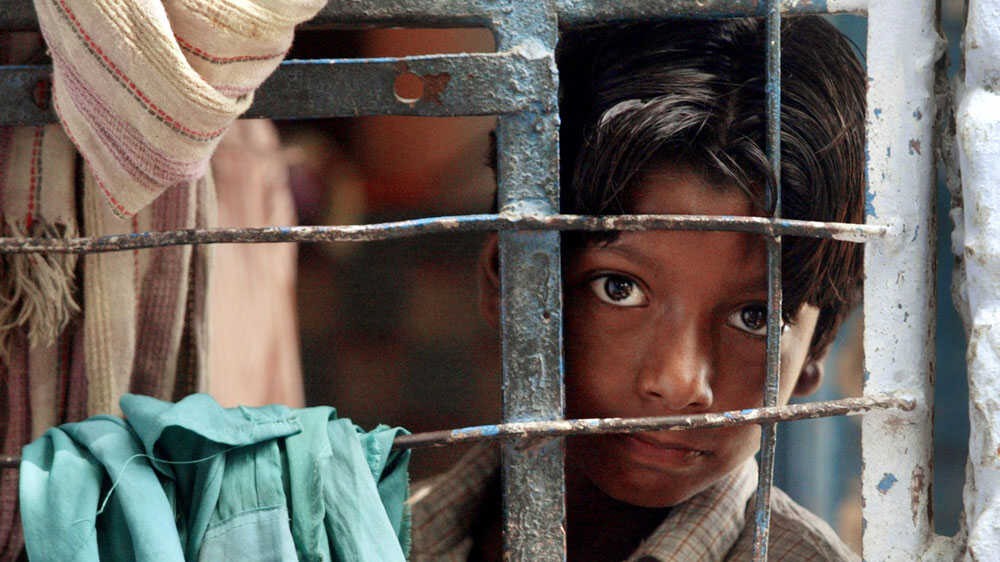
Diversity & Complexity of OOSC
There exist significant disparities based on gender, socioeconomic status, and geography. In Sindh, 52 percent of the poorest students (58 percent of girls) are out of school, whereas in Balochistan, 78 percent of females are out of school. Approximately 77% of OOSC are living in rural areas, while 33% reside in urban areas. These children come from diverse backgrounds and walks of life. There are a variety of factors due to which they are not attending school. The majority of them are living in difficult circumstances and belong to underprivileged backgrounds. Following is the percentage of OOSC relating to various backgrounds.
Background
OOSC Children (%)
Remote/ No Schools
18%
Over Age (16+)
25%
Health & Disability
6%
No Interest/ Irrelevant Education
10%
Labors
3%
Poor Economic Backgrounds
24%
Cultural Barriers
7%
Table 1: These statistics are derived from the seminar “Empowering Pakistan’s Future” organized by the Education Parliamentary Caucus on 20th July, 2023.
Challenges Arising from OOSC
Out-of-school-children present a multifaceted challenge with substantial effects on the development of the nation. OOSC can significantly reduce both the Human Development Index (HDI) and the Human Capital Index (HCI). When a significant portion of a population lacks access to quality education, it hinders a country’s progress in health, education, and standard of living. In this context, HDI ranks at 161 out of 189, and HCI stands at 134 out of 150, reflecting the negative consequences.
Inadequate options for Technical Education and Vocational Training (TEVT) worsen the situation. Individuals who are illiterate do not have access to vocational training because there are only 500,000 TEVT slots for five million adolescents. Additionally, most programs require at least an elementary education. This reduces economic mobility and continues cycles of poverty.
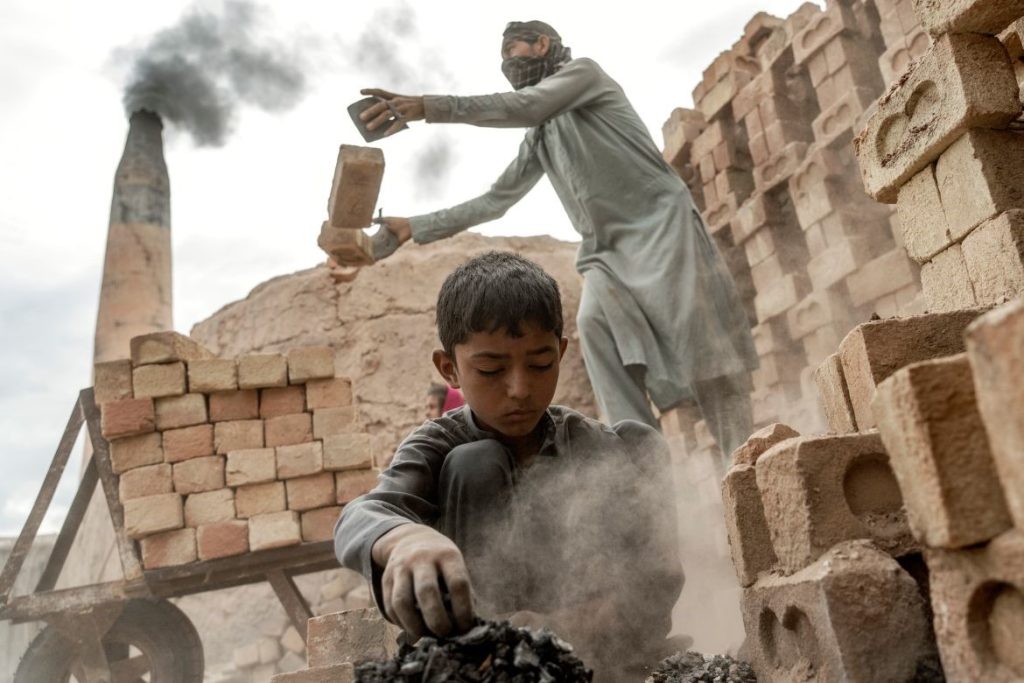
In addition to impeding economic growth and competitiveness, OOSC also contribute to low labor force participation (50.2%) and skill levels (28%). This is because innovation and productivity require a qualified labor force.
Hence, the challenges posed by out-of-school-children have far-reaching effects that extend beyond education. They include damaging effects on the Human Development Index, Human Capital Index, and labor force participation of the country. As it directly affects the well-being and potential of the population of a country, addressing this issue is essential for fostering inclusive and sustainable development.
Will We Be Able to Have a Literate Society?
According to the Education 2030 Incheon Declaration, a substantial portion of a country’s GDP must be allocated to education. It is recommended that at least 4 to 6 percent of the gross domestic product be allocated to education to ensure quality and extensive access. However, public expenditure of Pakistan on education as a proportion of GDP is estimated to be 1.7% for the fiscal year 2022-23. This holds the lowest regional ranking in terms of education financing.
The stark reality is that if Pakistan continues to operate as usual, more than 45 million people will still be illiterate in 2030. Even if the country achieves the objective of a 90 percent literacy rate by 2030, as set by Vision 2025, there will still be more than 17 million illiterates. To close this gap and ensure that more than 80 million people become literate over the next decade, Pakistan must facilitate the education of more than 8 million people annually. This highlights the imperative need for comprehensive and accelerated efforts in the field of education to achieve Vision 2025’s goals and eradicate illiteracy in the country.

Proposed Solutions for Eliminating the Challenge of Out-of-School Children in Pakistan:
1.De-schooling Concept:
- The adoption of a deschooling approach, which reconsiders traditional schooling methods and structures to better accommodate the requirements of out-of-school children.
- This concept employs innovative, learner-centered strategies to make education more interesting and accessible, especially for communities with limited resources.
2. Accelerated and Integrated Models:
- Implementation of accelerated learning models that allow children to rapidly make up for lost schooling.
- Incorporation of multiple educational elements, such as formal and non-formal education, to provide children who are not in school a thorough and all-encompassing learning experience.
3. Flexible and Doorstep Education:
- Development of flexible learning programs that accommodate the varied requirements and schedules of out-of-school students, including those who are employed or have other responsibilities.
- Initiatives for doorstep education that reduce obstacles such as distance and lack of transportation by bringing education directly to communities.
4. Relevant and Need-Based Curriculum:
- Curricula that meet the individual needs and interests of out-of-school children, ensuring that the content is relevant and pertinent to their lives.
- Emphasizing practical skills and information that may empower these children and enhance their opportunities for the future.
5. Fast-Track and Cost-Effective Approaches:
- Implementation of fast-track educational programs that accelerate the learning process, allowing students to attain grade-level proficiency more quickly.
- Creating cost-effective solutions that make the best use of existing resources in order to optimize the effectiveness of educational interventions.
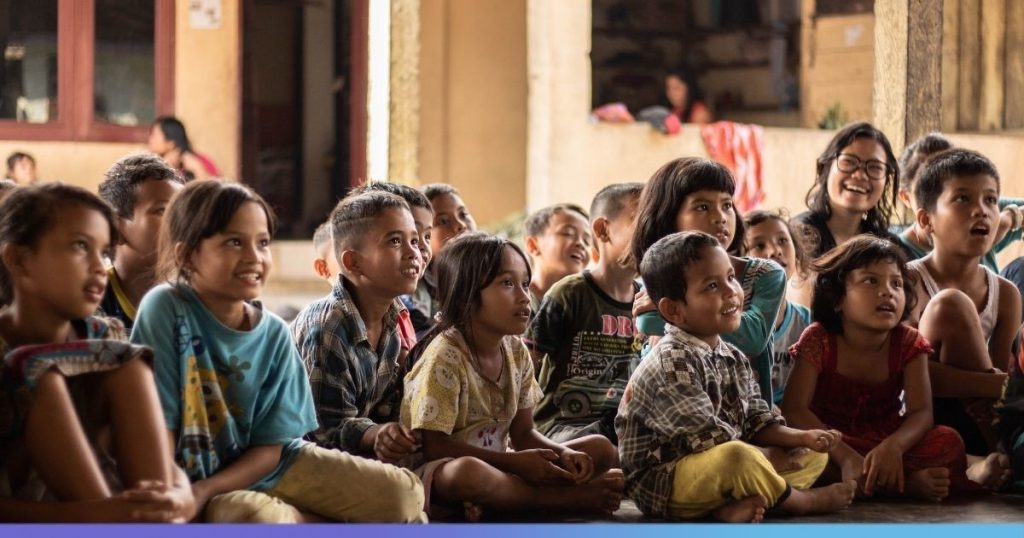
These proposed solutions seek to reframe education in order to make it more approachable, relevant, and effective in order to solve the complicated problem of out-of-school children in Pakistan. It is possible to re-engage millions of children in school and provide them the knowledge and skills they need for a better future by fusing novel methods and innovative interventions.
Disclaimer: Any opinions expressed in this article do not necessarily reflect the opinions of Pakistan Education Review (PER). This content is meant for informational purposes only.
